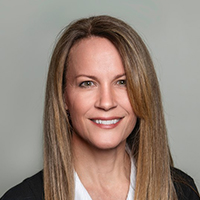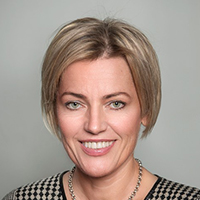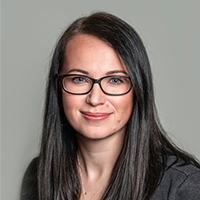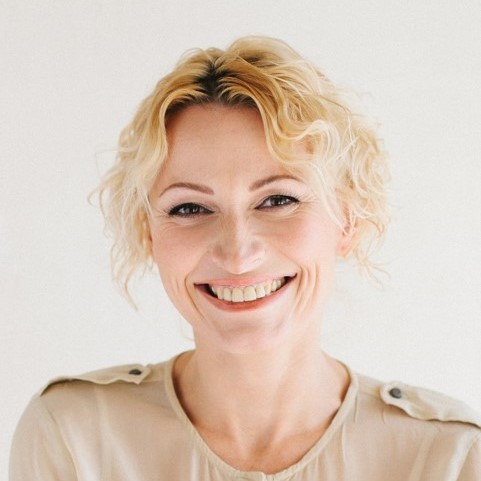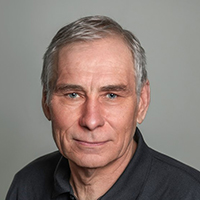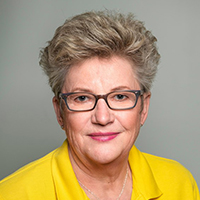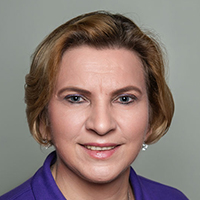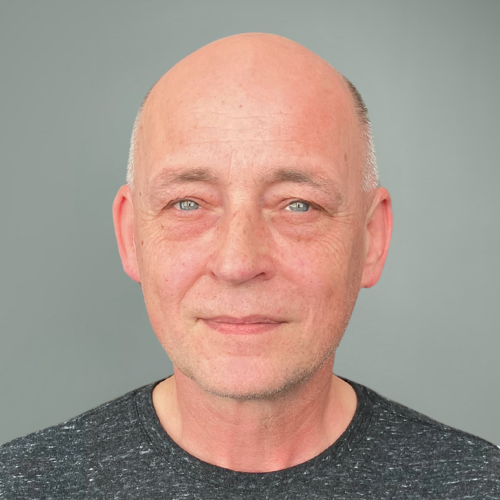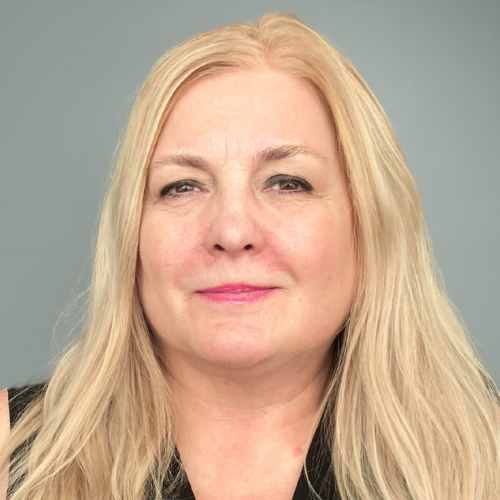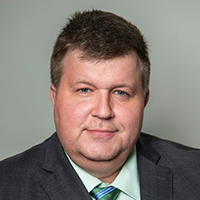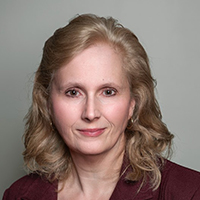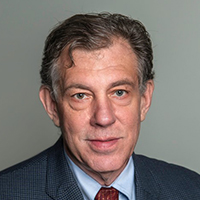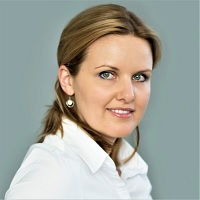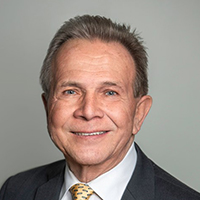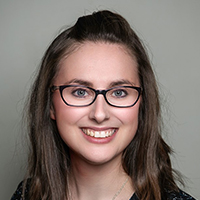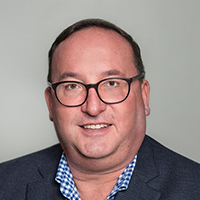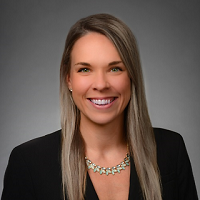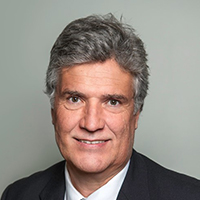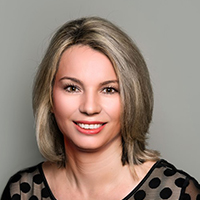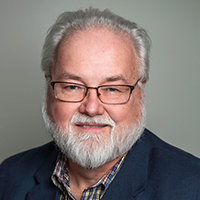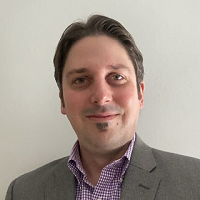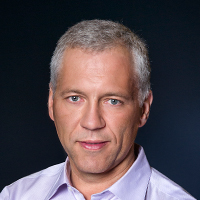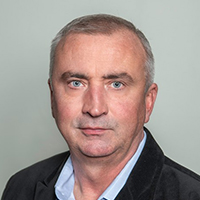Our Story
The origins of the Lithuanian World Center can be traced to a cold February morning in 1987. Parents, after dropping off their children at the Lithuanian Montessori school “Žiburėlis”, talked to each other in the parking lot about the 125,000-square-foot former D’Andreis Seminary. Located on 18 acres of land in Lemont, Illinois, it was vacant and available for immediate sale. The need for a Lithuanian center in the southwest suburbs of Chicago had been recognized for years, and though a snowstorm hit the area that evening, a group of Lithuanian-Americans met and decided to organize and buy the seminary complex.
Soon, a large meeting was organized at the Center and those in attendance overwhelmingly agreed that purchasing the complex was a great idea. Committees were formed, organized and that summer, Lithuanians began to use the Center. A purchase price of $800,000 was negotiated, enough donations were collected for a down payment and a mortgage was obtained.
The Lithuanian Saturday School “Maironio Mokykla” moved in that fall, after the classrooms were filled with donated desks, blackboards and school supplies. “Žiburėlis” Montessori School soon followed. A unique arrangement was negotiated with the Archdioceses of Chicago, where the Blessed Jurgis Matulaitis mission was allowed to rent the church building from the Lithuanian World Center (normally the archdiocese owns the property). This arrangement, since copied by other ethnic groups, ensures that the church will always belong to Lithuanians.
The fundraising goal established was to find 1000 families to donate $1,000 each and pay off the mortgage as soon as possible. By December, 1987, $300,000 had been contributed by concerned and supportive Lithuanians. A tax-deductible, no-interest loan program was established and many Lithuanians, realizing the tax benefits of making a loan to the Center, participated.
Soon, more and more Lithuanian organizations, including the Lithuanian-American Community, Lithuanian Foundation, scout groups, sports groups, and Lithuanian dance groups began to utilize the center. The Lithuanian Museum of Art was founded. The banquet hall was refurbished and rented for weddings and other events. Hundreds of volunteers spent thousands of hours fixing and sprucing up the twenty-five year old building.
By 1990, the Lithuanian World Center was ready for its most important mission; helping Lithuania become free. It was a dynamic time, a time when “gallant little Lithuania” (as our state department calls the country), stood toe to toe with the mighty Soviet Union and the Soviets blinked. Lithuania’s reestablishment of independence on March 11, 1990, brought the world’s attention to the country’s struggle to free itself, once and for all, from Russian subjugation.
The Center’s activity level instantly rose to a fever pitch. “Lithuanian Hotline” was formed and was graciously allowed to occupy the centers conference room. Phone lines were installed and volunteers ranging from high school students to retirees, worked hard at publicizing Lithuania’s struggles to the American public. Demonstrations and prayer vigils were organized and the media constantly kept informed. When the Soviets cut off the shipment of medical supplies, Lithuanian Mercy Lift was organized at the Center to send medicine and medical equipment to the people of Lithuania. Millions of dollars’ worth of medicine and medical supplies and equipment were collected and shipped.
In August of 1991, the Soviet Union dissolved, and it can be said that World War II finally ended for Lithuania and other soviet bloc countries. As the country got on its feet and things quieted down, the Lithuanian World Center went back to its original mission of being a place where the Lithuanian culture could continue to flourish, as it does today.
Told by Lithuanian World Center co-founder and former Chairman of the Board Jurgis Riskus.

